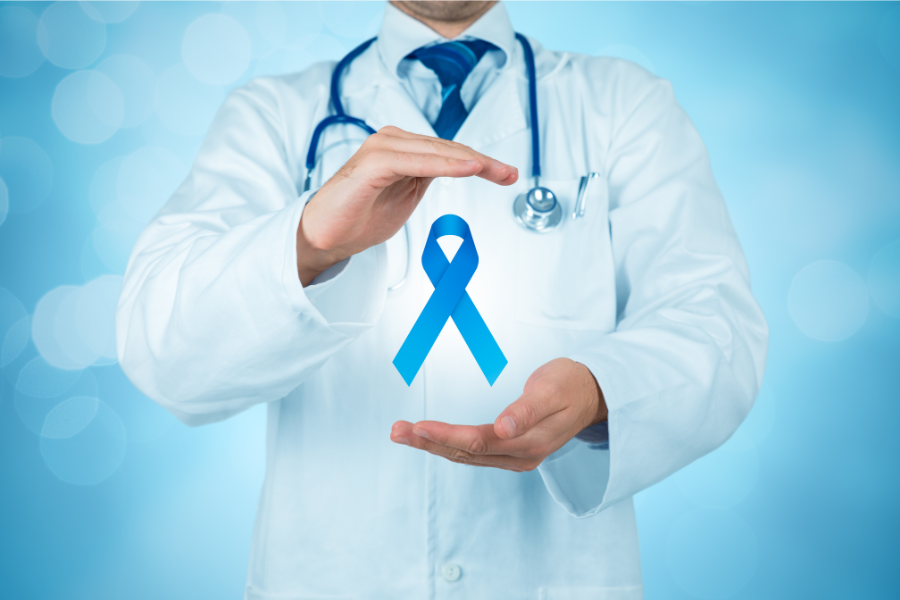Breast Cancer: Insights from an Oncologist's Perspective
Why and How to do a Breast Self Exam?
A breast self-exam is an exam you can do yourself to check for any breast abnormalities.
When you do a breast self-exam, you check for lumps, thickening, or dimples in the breast.
You also check for lumps in your underarms and discharge from the nipple.
These exams can help you notice changes that need to be checked further.
When breast cancer is found early and treated right away, the chances for cure are much better.
How to Perform a Breast Self-Exam:
Lie down and put your left arm under your head.
This spreads the breast tissue more evenly on the chest.
Use your right hand to examine your left breast. With the flat part of your 3 middle fingers, press gently in small circular motions over the entire area, checking for any lump, hard knot, or thickening.
Use light, medium, and firm pressure to feel different levels of the breast tissue.
Be sure to check the whole breast, from your collarbone above your breast and down until you feel only ribs below.
Switch sides.
After checking your left breast, put your right arm under your head and use your left hand to examine the right breast in the same way.
Check in the mirror.
Look at your breasts while standing in front of a mirror with your hands pressing firmly on your hips.
Look for new lumps, differences in size or shape, swelling, or dimpling of the skin.
Check underarms.
Slightly raise one arm and then the other to check your underarm areas for lumps.
Check nipple discharge.
Gently squeeze the nipple of each breast between your thumb and index finger to check for fluid.
If you're unsure you're doing it right, ask your healthcare provider to show you.
Call us immediately if you notice any of the following:
A lump of any size (usually not painful)
Nipple pain or the nipple turning inward
New wrinkling or dimpling of the skin
Redness or a scaly rash on the nipple and surrounding skin
Discharge of fluid from the nipple
What Causes Breast Cancer
Aging
Physical inactivity
Obesity/weight after menopause
Early menarche, late menopause
Hormone Replacement Therapy
Familial & Hereditary causes
Types of Breast Cancer
Lobular:
Can be multi-centric, bilateral
Arises from the glands that produce breast milk
Makes up 15–20% of breast cancers
Ductal:
Arises from the ducts that carry milk from glands to the nipple
Comprises 80% of breast cancers
Staging (TNM Classification)
Stage I: Less than 2 cm, no lymph node involvement
Stage II: Greater than 2 cm but less than 5 cm, or lymph node involvement
Stage IV: Distant metastasis
Treatment Modalities
Surgery
Radiation
Hormone modulation therapy
Chemotherapy
Factors like cancer stage, prognostic markers, and patient performance status guide treatment decisions. Each patient’s treatment is personalized according to NCCN guidelines and best practices.
